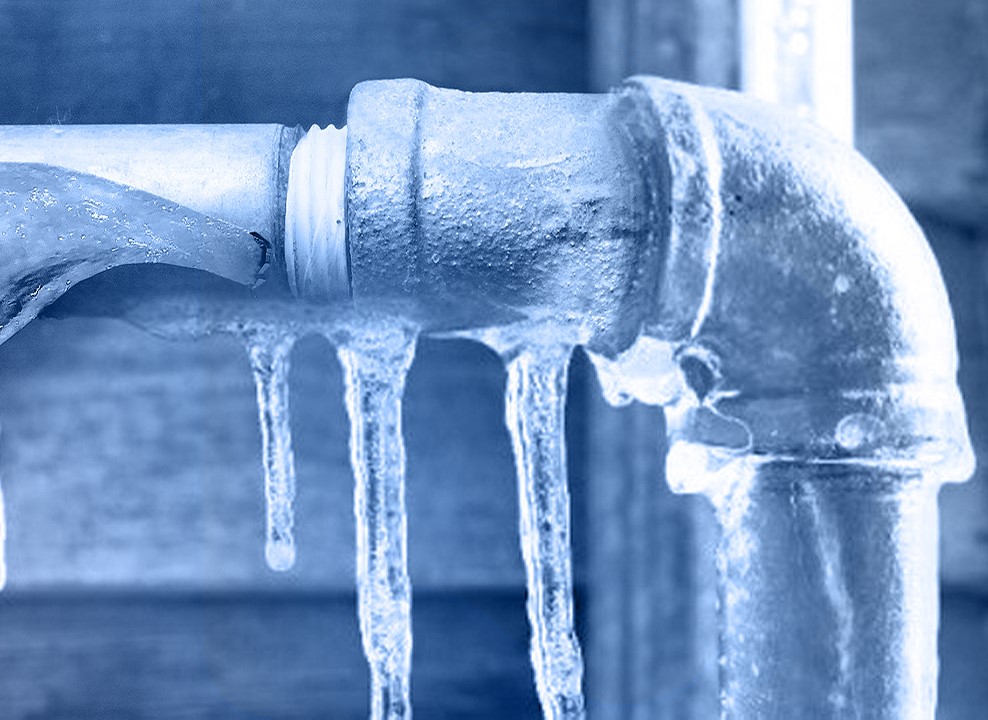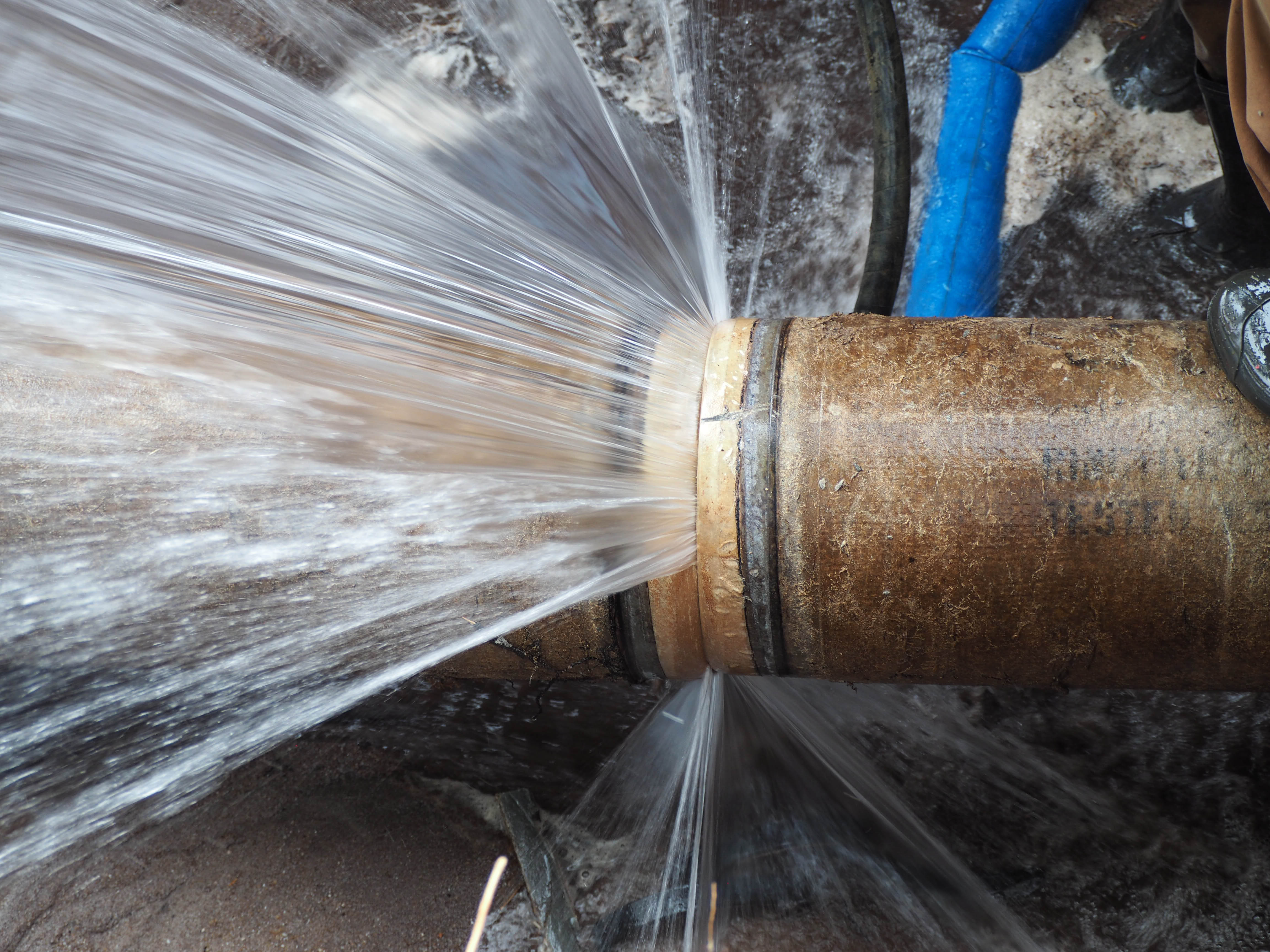Protecting Your Pipes from Cold Weather Damage: Essential Tips
Protecting Your Pipes from Cold Weather Damage: Essential Tips
Blog Article
On this page underneath you might get additional very good news in regards to Preventing and dealing with frozen pipes.

Cold weather can damage your plumbing, particularly by freezing pipes. Here's how to stop it from taking place and what to do if it does.
Intro
As temperature levels decrease, the danger of frozen pipelines boosts, potentially resulting in costly fixings and water damages. Comprehending how to stop icy pipes is essential for home owners in chilly climates.
Avoidance Tips
Protecting at risk pipes
Cover pipes in insulation sleeves or make use of warmth tape to protect them from freezing temperature levels. Focus on pipes in unheated or external areas of the home.
Heating strategies
Keep interior rooms appropriately heated, particularly locations with pipes. Open up cabinet doors to enable cozy air to flow around pipelines under sinks.
How to identify icy pipelines
Seek decreased water flow from faucets, uncommon odors or noises from pipes, and noticeable frost on subjected pipelines.
Long-Term Solutions
Structural adjustments
Think about rerouting pipelines far from exterior walls or unheated areas. Add additional insulation to attic rooms, basements, and crawl spaces.
Upgrading insulation
Buy top notch insulation for pipelines, attics, and walls. Proper insulation helps keep constant temperature levels and reduces the threat of icy pipelines.
Securing Outside Pipes
Yard pipes and exterior taps
Separate and drain pipes yard tubes before wintertime. Mount frost-proof faucets or cover outside faucets with insulated caps.
Comprehending Frozen Pipes
What creates pipelines to freeze?
Pipes freeze when revealed to temperature levels below 32 ° F (0 ° C) for expanded durations. As water inside the pipes ices up, it increases, putting pressure on the pipeline wall surfaces and possibly creating them to break.
Dangers and problems
Frozen pipelines can result in water interruptions, residential or commercial property damage, and pricey repair services. Ruptured pipes can flood homes and create comprehensive architectural damage.
Indicators of Frozen Pipes
Identifying icy pipelines early can stop them from rupturing.
What to Do If Your Pipelines Freeze
Immediate activities to take
If you suspect frozen pipes, keep faucets open up to soothe pressure as the ice melts. Make use of a hairdryer or towels soaked in warm water to thaw pipes slowly.
Conclusion
Preventing icy pipelines requires positive measures and quick actions. By comprehending the reasons, indicators, and safety nets, house owners can secure their pipes throughout winter.
5 Ways to Prevent Frozen Pipes
Drain Outdoor Faucets and Disconnect Hoses
First, close the shut-off valve that controls the flow of water in the pipe to your outdoor faucet. Then, head outside to disconnect and drain your hose and open the outdoor faucet to allow the water to completely drain out of the line. Turn off the faucet when done. Finally, head back to the shut-off valve and drain the remaining water inside the pipe into a bucket or container. Additionally, if you have a home irrigation system, you should consider hiring an expert to clear the system of water each year.
Insulate Pipes
One of the best and most cost-effective methods for preventing frozen water pipes is to wrap your pipes with insulation. This is especially important for areas in your home that aren’t exposed to heat, such as an attic. We suggest using foam sleeves, which can typically be found at your local hardware store.
Keep Heat Running at 65
Your pipes are located inside your walls, and the temperature there is much colder than the rest of the house. To prevent your pipes from freezing, The Insurance Information Institute suggests that you keep your home heated to at least 65 degrees, even when traveling. You may want to invest in smart devices that can keep an eye on the temperature in your home while you’re away.
Leave Water Dripping
Moving water — even a small trickle — can prevent ice from forming inside your pipes. When freezing temps are imminent, start a drip of water from all faucets that serve exposed pipes. Leaving a few faucets running will also help relieve pressure inside the pipes and help prevent a rupture if the water inside freezes.
Open Cupboard Doors
Warm your kitchen and bathroom pipes by opening cupboards and vanities. You should also leave your interior doors ajar to help warm air circulate evenly throughout your home.

As a keen person who reads about Prevent Frozen Pipes , I was thinking sharing that post was beneficial. Sharing is caring. You won't know, you may very well be helping someone out. I praise you for being here. Return soon.
Explore Report this page